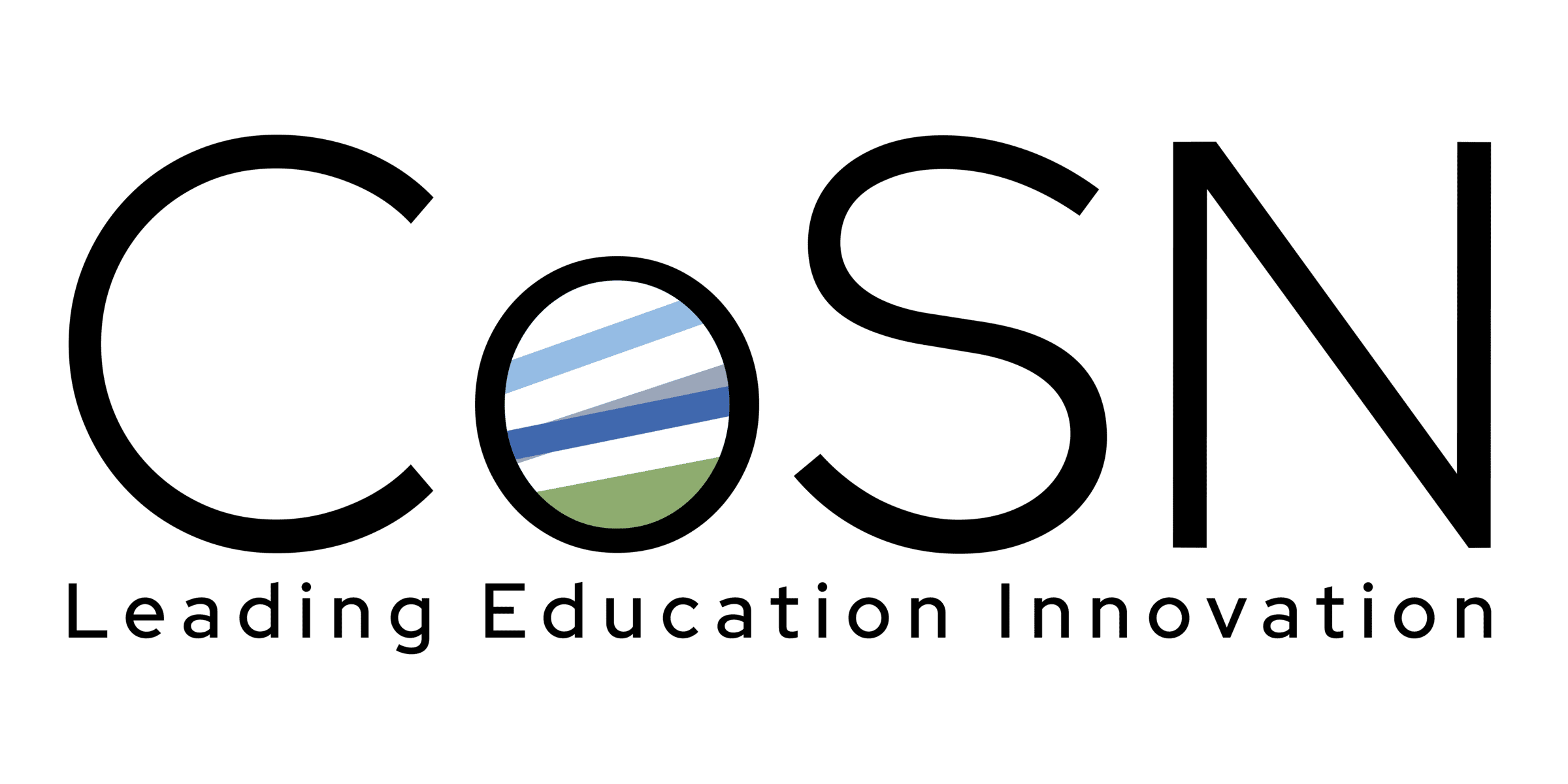Supporting Students & Families in Out-of-School Learning
During the past two decades, efforts to provide America’s schools with high speed Internet access have made great progress. Supported by the 2014 modernization of the federal government’s E-Rate program and state funding efforts, a majority of schools now meet the FCC’s short term connectivity goal of 100 Mbps/1000 students. However, the increasingly ubiquitous use of technology in instruction has resulted in a new digital divide between students who have home Internet access and those who do not. This
“Homework Gap,” which impacts low-income and rural students especially hard, can exacerbate other preexisting inequalities, making it difficult for students to complete homework assignments. The lack of home Internet access also negatively impacts schoolparent communication and makes it more difficult for parents to support their children academically.
This toolkit provides background context for the Homework Gap, addresses broader implications of household connectivity, suggests resources for scoping the problem, and details five strategies districts are currently using to address these challenges:
- Partner with Community Organizations to Create “Homework Hotspots"
- Promote Low-Cost Broadband Offerings
- Deploy Mobile Hotspot Programs
- Install Wi-Fi on School Buses
- Build Private LTE Networks
In addition, we outline four steps school leaders can take to collaborate with local governments and their community to take a broader, more holistic approach to digital access and inclusion.
Community Collaboration for Digital Equity
- Assemble a Team and Develop a Shared Vision
- Assess Existing Community Resources, Gaps and Needs
- Engage Stakeholders and Partners
- Develop and Execute a Project Plan
Access to reliable, robust Internet service and computers are increasingly essential for learning and participation in modern society and should not be a luxury reserved for the affluent. Innovative school and district leaders are rising above fiscal constraints to ensure students have broadband access both during and beyond the school day. While there is no single way to address these challenges, this toolkit provides best practices and resources to help school officials develop digital equity solutions that work for their communities.

